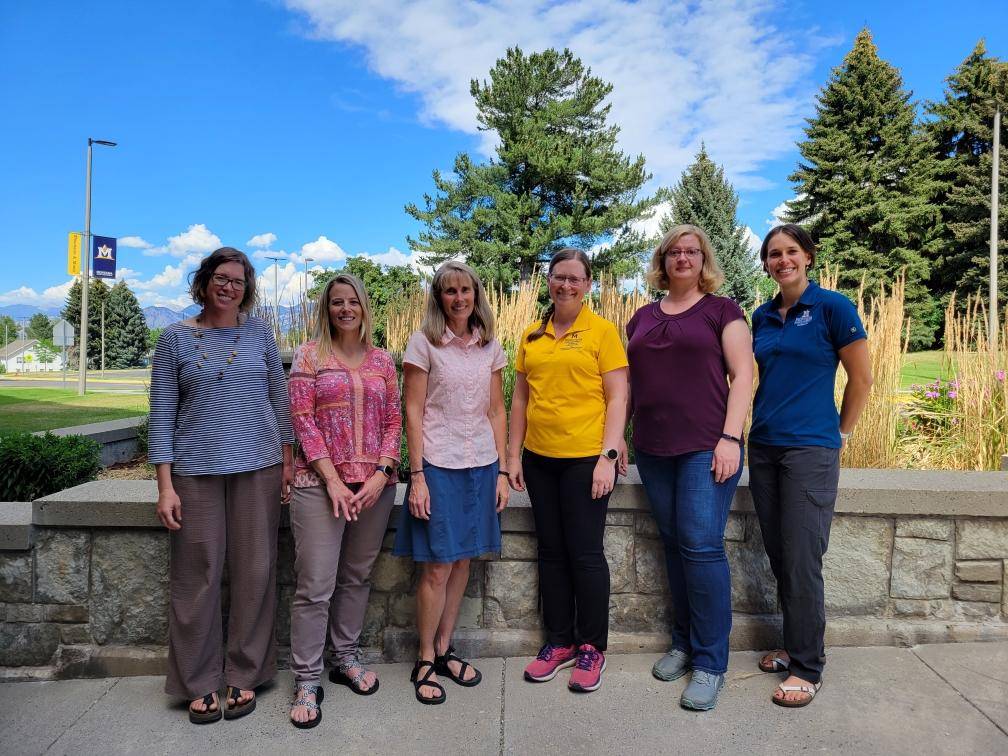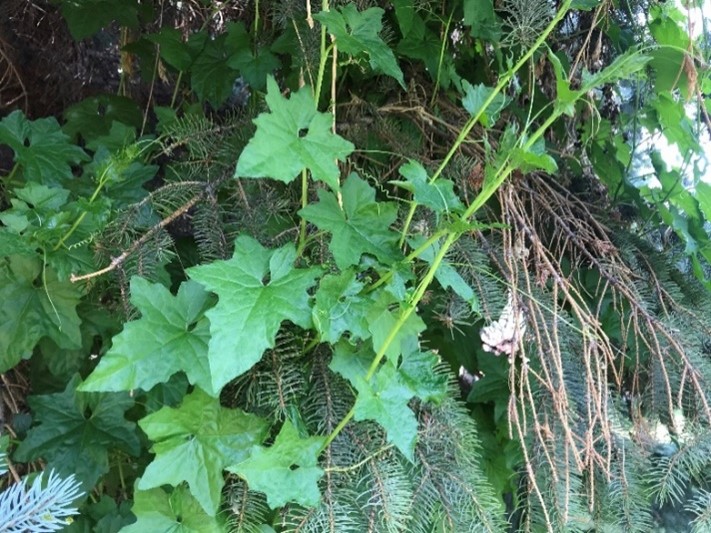Schutter Diagnostic Lab: 2022 Plant Identification Updates
By Noelle Orloff, Extension Associate Specialist and Schutter Lab Diagnostician, Email Noelle Orloff
Introduction

Schutter Diagnostic Lab personnel, summer 2022.
The Schutter Diagnostic Laboratory (SDL) is a service provided through Montana State University Extension. The SDL safeguards Montana agriculture, landscapes and public spaces from plant pests by offering identification services, management advice, and education. The mission of the SDL also includes the early detection of new pests. We receive samples from MSU Extension agents, weed district coordinators, homeowners, farmers, ranchers, consultants, and others. In 2022, the SDL conducted 2,616 plant, plant disease, insect, mushroom, and abiotic diagnoses in 51 Montana counties and reservations and four additional states.
Plant Identification Activities
In 2022, the SDL processed 220 physical specimens and 155 electronic samples (i.e., photos in emails, texts, and through our sample submission app) for plant identification. Clients submitted plants with a variety of questions including whether a plant might be invasive, toxic, or what its forage value may be. Plant identification samples submitted represented 255 unique species. Forty-five percent of plants submitted for identification were exotic. Commonly submitted exotic species were poison hemlock (Conium maculatum, 7), cheatgrass (Bromus tectorum, 6), and quackgrass (Elymus repens, 5). Native species most submitted were false buffalograss (Munroa squarrosa, 3), horned sea blite (Suaeda calceoliformis, 3), and Western aster (Symphyotrichum ascendens, 3).
Poisonous plants are a continuing concern for our clients, and accurate plant identification is critical in situations

White bryony in a residential setting.
involving poisonous plants. Our most submitted species for plant identification in 2022 was poison hemlock, a species that can cause serious issues for livestock. We also confirmed poisonous plants such as white bryony (Bryonia alba) in home landscapes.
Our plant identification services help land managers cope with the issue of noxious weeds. We identified several samples that were confirmed to be state or county listed noxious weeds in 2022, as well as correcting several misidentifications of noxious weed look-a-likes. A notable example was identifying native annual hairgrass (Deschampsia danthonioides) in a situation where it was suspected to be Montana noxious weed ventenata (Ventenata dubia). Watch for this one especially in western Montana in dry forest understory areas, as it can be difficult to tell the difference between these two species.
Get in Touch with the SDL
If you need help identifying a plant, you can 1) take the plant to your county or reservation Extension agent (for Montana residents) or 2) submit a sample to SDL for identification. You can find more information online at www.diagnostics.montana.edu . You can also connect with us on Facebook at https://www.facebook.com/SchutterDiagnosticLab/
Further Information
For more information about this month's weed post, contact Extension Invasive Plant Specialist Jane Mangold. Past posts are available in the Monthly Weed Post Directory.
This weed post is also available as a printable PDF (354 KB).
